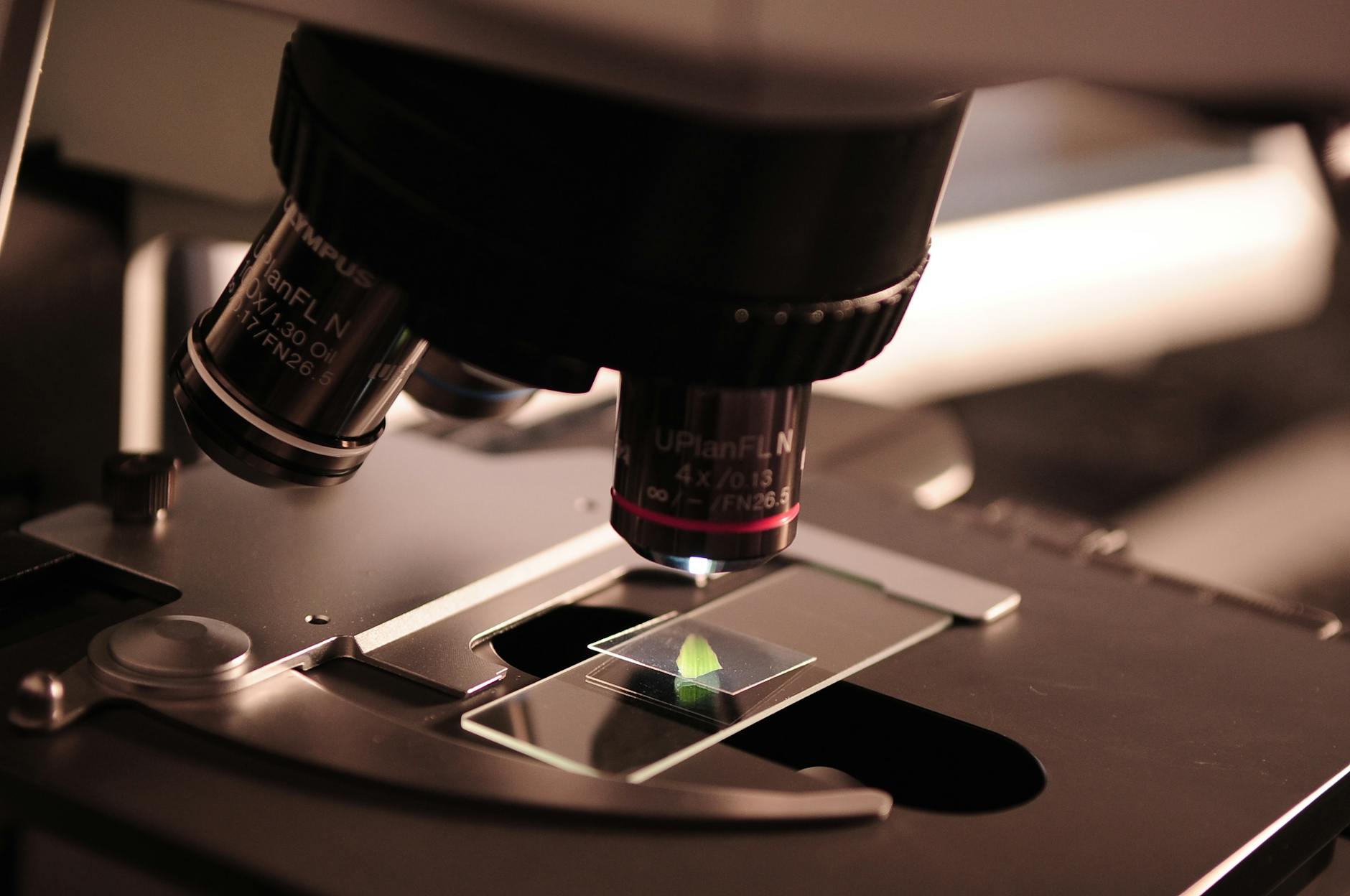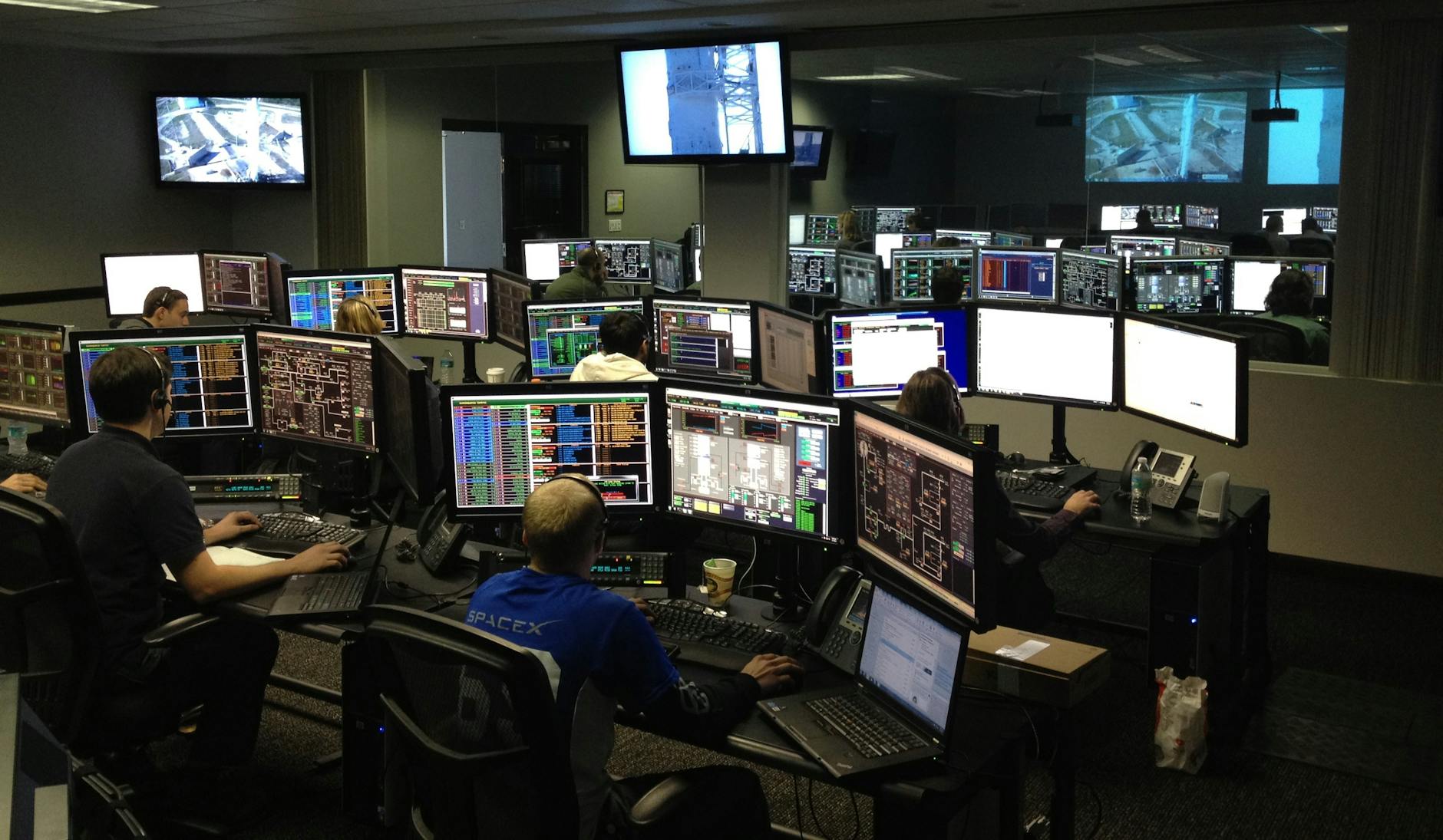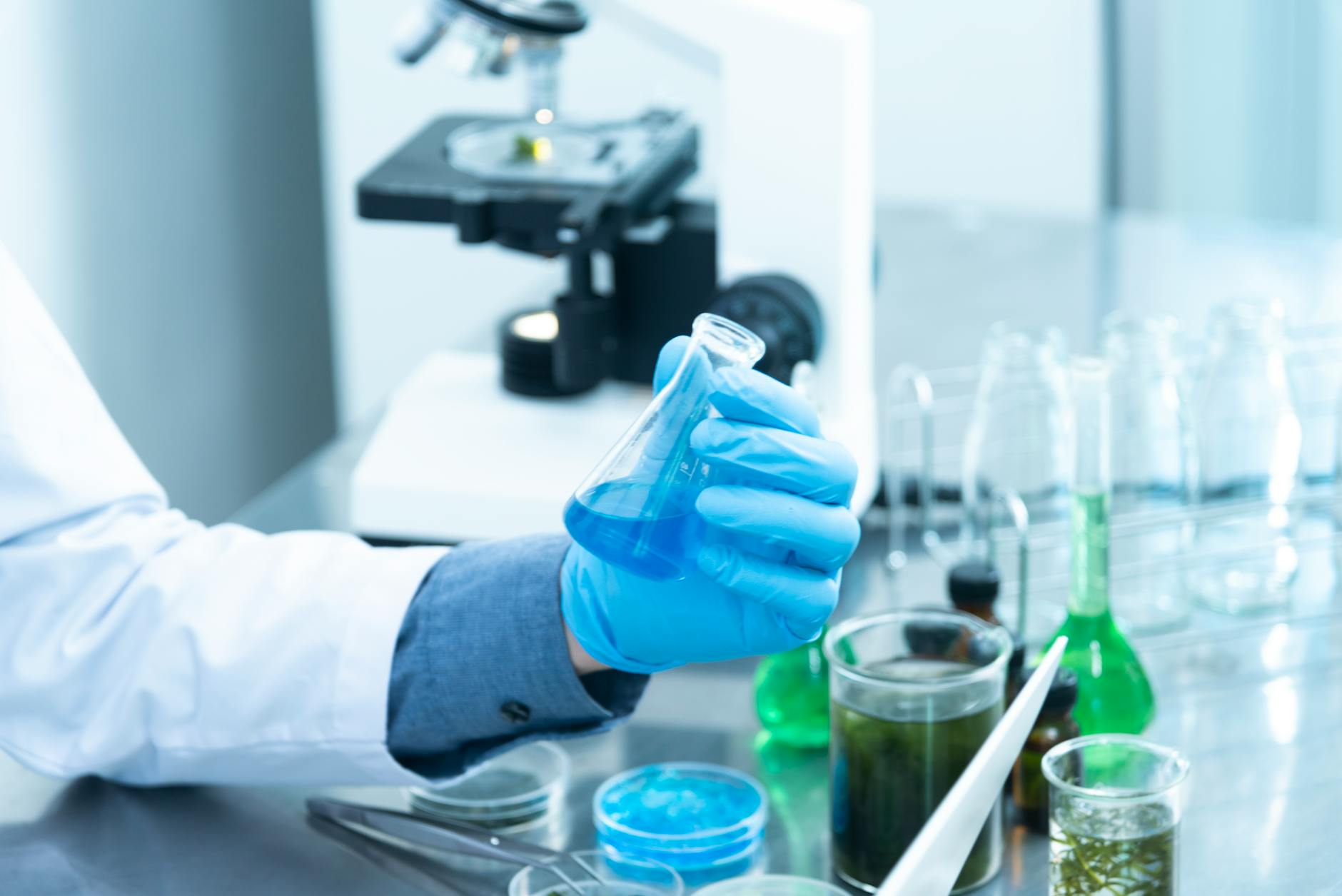The Flavin Alchemist
How Pimchai Chaiyen is Harnessing Nature's Catalysts for a Sustainable Future
Article Navigation
From Phuket to Global Science Leader

Imagine transforming toxic waste into valuable chemicals using microscopic biological machines. Picture turning agricultural residues into clean energy or creating life-saving medicines with unprecedented precision.
This isn't science fiction—it's the revolutionary work of Professor Pimchai Chaiyen, one of Thailand's most accomplished scientists. Born in Phuket and armed with relentless curiosity, Chaiyen has risen from a scholarship student to President of Thailand's prestigious VISTEC (Vidyasirimedhi Institute of Science and Technology), pioneering breakthroughs that merge fundamental enzymology with real-world sustainability 4 3 . Her journey embodies how deep scientific understanding can solve planetary challenges, one enzyme at a time.
The Architect of Molecular Machines
Chaiyen's research universe revolves around flavin-dependent enzymes—protein workhorses that drive chemical transformations essential for life. Her team investigates:
Her lab's signature achievement lies in decoding how a fleeting molecular state—the C4a-(hydro)peroxyflavin intermediate—enables wildly diverse reactions. This high-energy flavin form acts like a "Swiss Army knife," performing oxygenation, dehalogenation, and even light emission depending on its enzyme host 7 .
| Enzyme Type | Function | Applications |
|---|---|---|
| Flavin monooxygenases | Insert oxygen into pollutants/drug precursors | Pesticide detoxification, pharmaceutical synthesis |
| Pyranose oxidases | Convert sugars to 2-keto derivatives | Production of rare sweeteners (e.g., D-tagatose) |
| Flavin-dependent halogenases | Add chlorine/bromine to molecules | Antibiotic synthesis, biocatalysis |
| Luciferases | Emit light via flavin oxidation | Biosensors, gene expression reporting |
Decoding Nature's Blueprint: The Halogenase Engineering Breakthrough
The Challenge
Flavin-dependent halogenases naturally add halogens to specific compounds, creating building blocks for antibiotics. However, they are often slow, unstable, and reject industrial substrates. Chaiyen's team asked: Can we rewire these enzymes for speed and versatility without sacrificing precision?
Methodology: Tunnel Vision Engineering
In a landmark study, Chaiyen's group targeted a halogenase from Streptomyces. Their approach combined structural biology, computational modeling, and kinetic analysis:
Identify Bottlenecks
X-ray crystallography revealed the enzyme's active site was buried, accessible only via narrow molecular "tunnels" 3 .
Map Critical Residues
Molecular dynamics simulations pinpointed amino acids lining these tunnels that governed substrate entry and product exit.
Design Mutations
Residues were mutated to widen tunnels or alter electrostatic properties (e.g., replacing bulky phenylalanine with small alanine).
Test Iteratively
Libraries of mutant enzymes were screened for activity on non-native substrates like bulky indoles.
| Step | Tool Used | Outcome |
|---|---|---|
| Structural analysis | X-ray crystallography | Identified narrow substrate tunnels |
| Tunnel residue mapping | Molecular dynamics simulations | Pinpointed Phe246 as a "gatekeeper" residue |
| Mutation design | Site-directed mutagenesis | Created F246A mutant with widened tunnel |
| Activity screening | High-throughput fluorescence assays | Isolated mutants with 15× higher activity |
Results & Impact
The engineered halogenase showed 15-fold higher activity on industrial substrates and operated at 50°C—unthinkable for the wild-type enzyme. This "mechanism-guided" strategy bypassed random mutagenesis, directly addressing functional bottlenecks 3 5 . The breakthrough exemplifies Chaiyen's philosophy: Understand nature's mechanism first, then innovate. Applications now span:
Green Chemistry
Synthesizing halogenated drug intermediates without toxic reagents.
Food Safety
Detecting pesticides via engineered enzymes that emit light upon toxin binding 5 .
The Scientist's Toolkit: Reagents Powering Chaiyen's Innovations
Chaiyen's research relies on specialized molecular tools. Here's a glimpse into her "enzyme engineering" kit:
| Reagent/Solution | Function | Role in Research |
|---|---|---|
| C4a-(hydro)peroxyflavin | Reactive flavin intermediate | Key oxidant for oxygenation/dehalogenation |
| Stopped-flow spectrometers | Ultra-fast kinetic analysis (millisecond resolution) | Captures fleeting reaction intermediates |
| Synthetic flavin analogs | Custom-designed cofactors (e.g., 5-deazaflavin) | Probes enzyme mechanisms, enhances catalysis |
| Xylose reductase system | Regenerates reduced flavin cofactors in vivo | Sustains biocatalysis in engineered cells |
| Bacterial luciferases | Light-emitting reporters | Quantifies gene expression, toxin detection |
| O-phenyl-tyrosine | C15H15NO3 | |
| Glutathione amide | 82147-51-1 | C10H18N4O5S |
| Methyl betulonate | C31H48O3 | |
| Biotin, A-methyl- | 93886-72-7 | C17H17N3O7S |
| Metalloselenonein | 134646-22-3 | C75H117N28O37Se7 |

Advanced Instrumentation
Chaiyen's lab utilizes cutting-edge tools like stopped-flow spectrometers to capture enzyme reactions at millisecond timescales.

Computational Modeling
Molecular dynamics simulations help visualize enzyme structures and guide targeted mutations for improved function.
Beyond the Lab: Impact on Sustainability and Society
Chaiyen's science transcends academia. Her innovations actively drive Thailand's bio-circular-green economy:
Waste-to-Value
The BioVis fermentation unit converts palm oil effluent into hydrogen fuel and biofertilizers, winning a national innovation award 5 .
Community Empowerment
Partnering with rural communities to deploy enzyme-based detoxification systems for pesticide-laced soils.
"Enzymes are nature's finest chemists. Our task is to learn their language—then write new poetry with it."

A gifted communicator, Chaiyen champions "scientific thinking" for daily life. In her TEDx Bangkok talk, she described how the hypothesis-experiment-analysis cycle guides personal growth: "Observe without bias, test iteratively, and let evidence direct your path" 8 .
Conclusion: The Quiet Revolutionary
Pimchai Chaiyen's journey—from a Phuket student to Thailand's first female president of a science institute—mirrors her scientific ethos: precision creates transformation. By decoding flavin enzymes at atomic resolution, she has turned them into agents of sustainability. As synthetic biology accelerates, her vision of "enzyme-powered circular economies" seems ever more tangible. For young scientists, her legacy offers a blueprint: dive deep into nature's machinery, then reimagine it to heal our world.

Future Vision
Enzyme-powered solutions for global sustainability challenges.